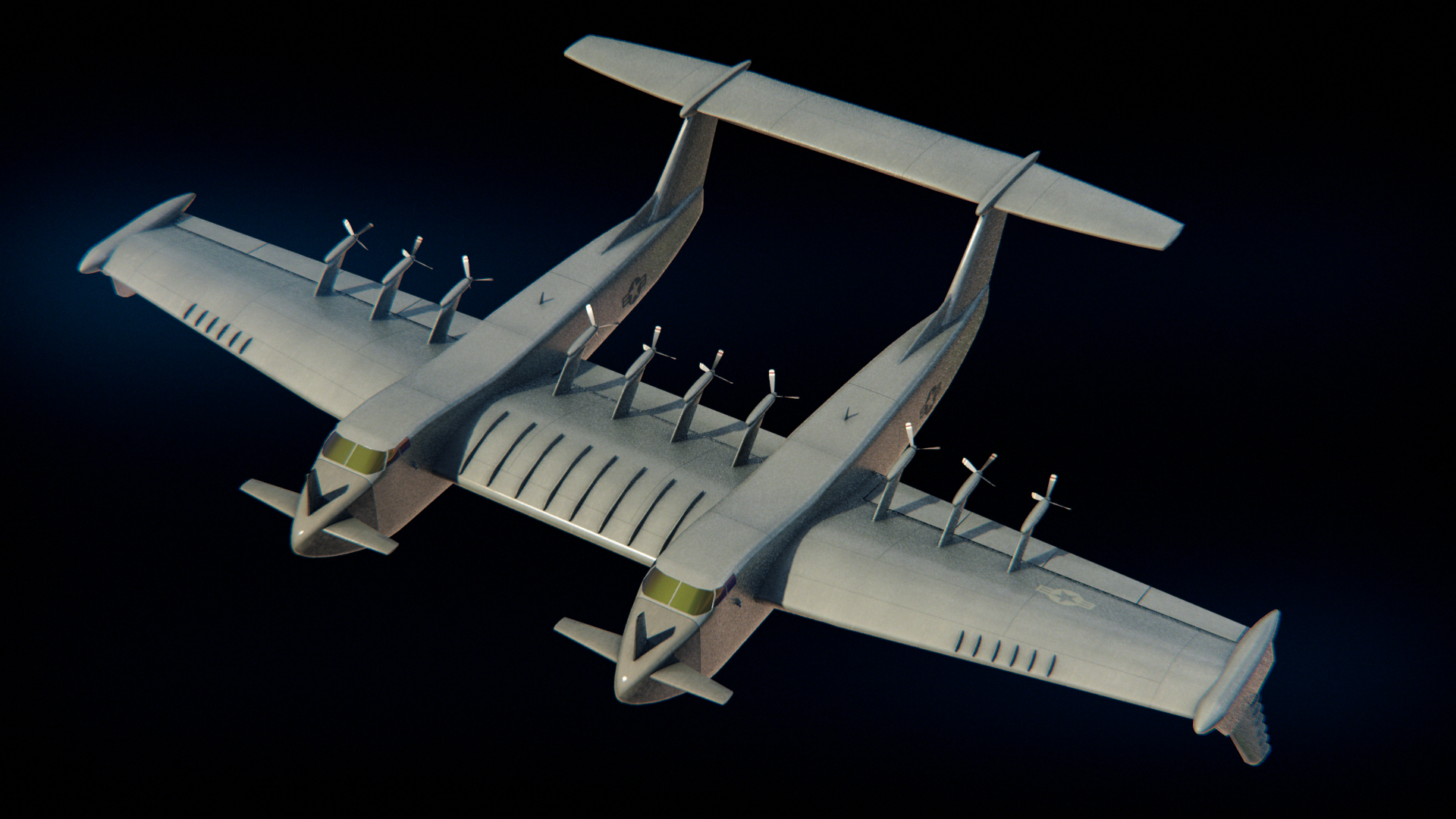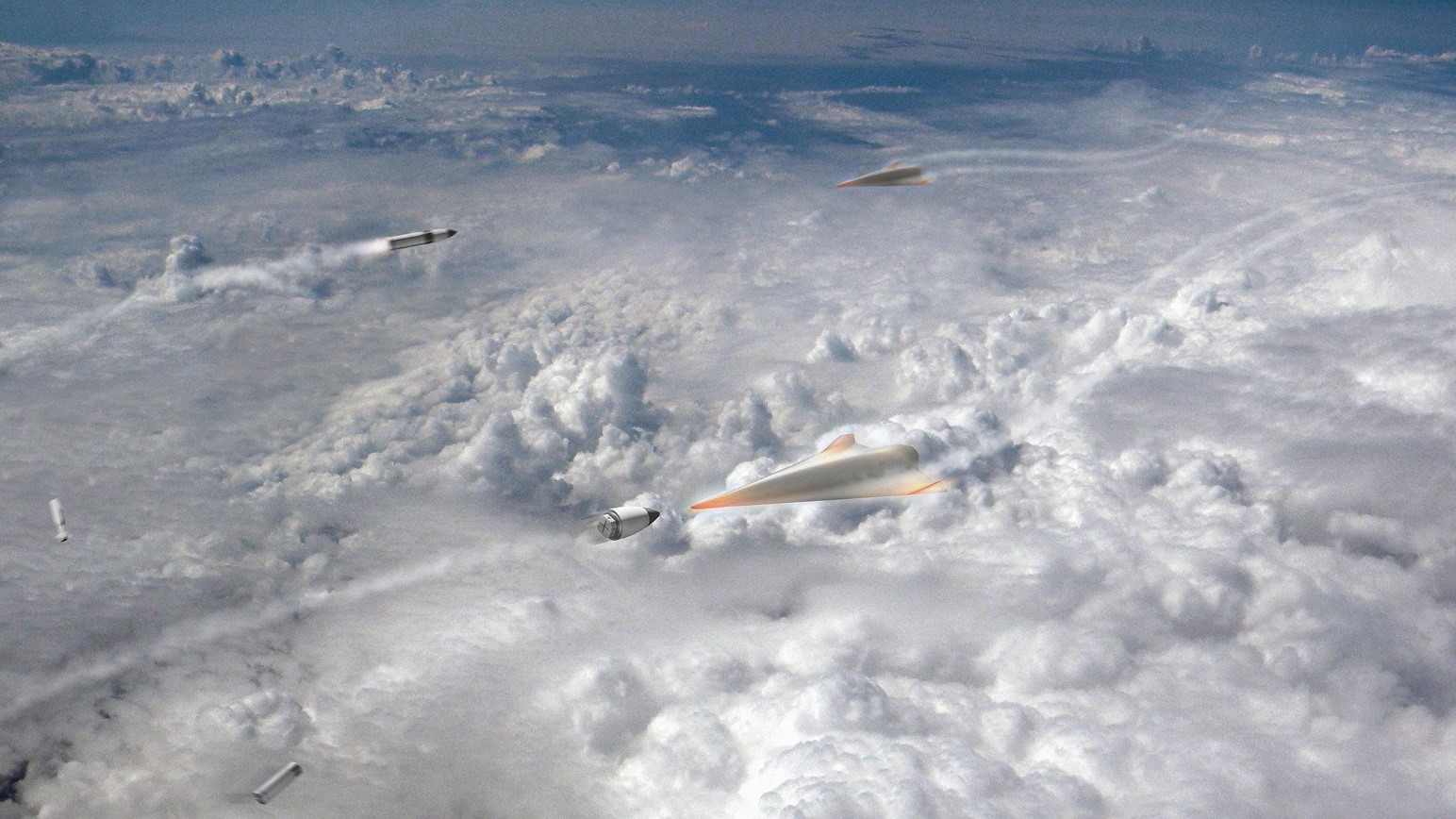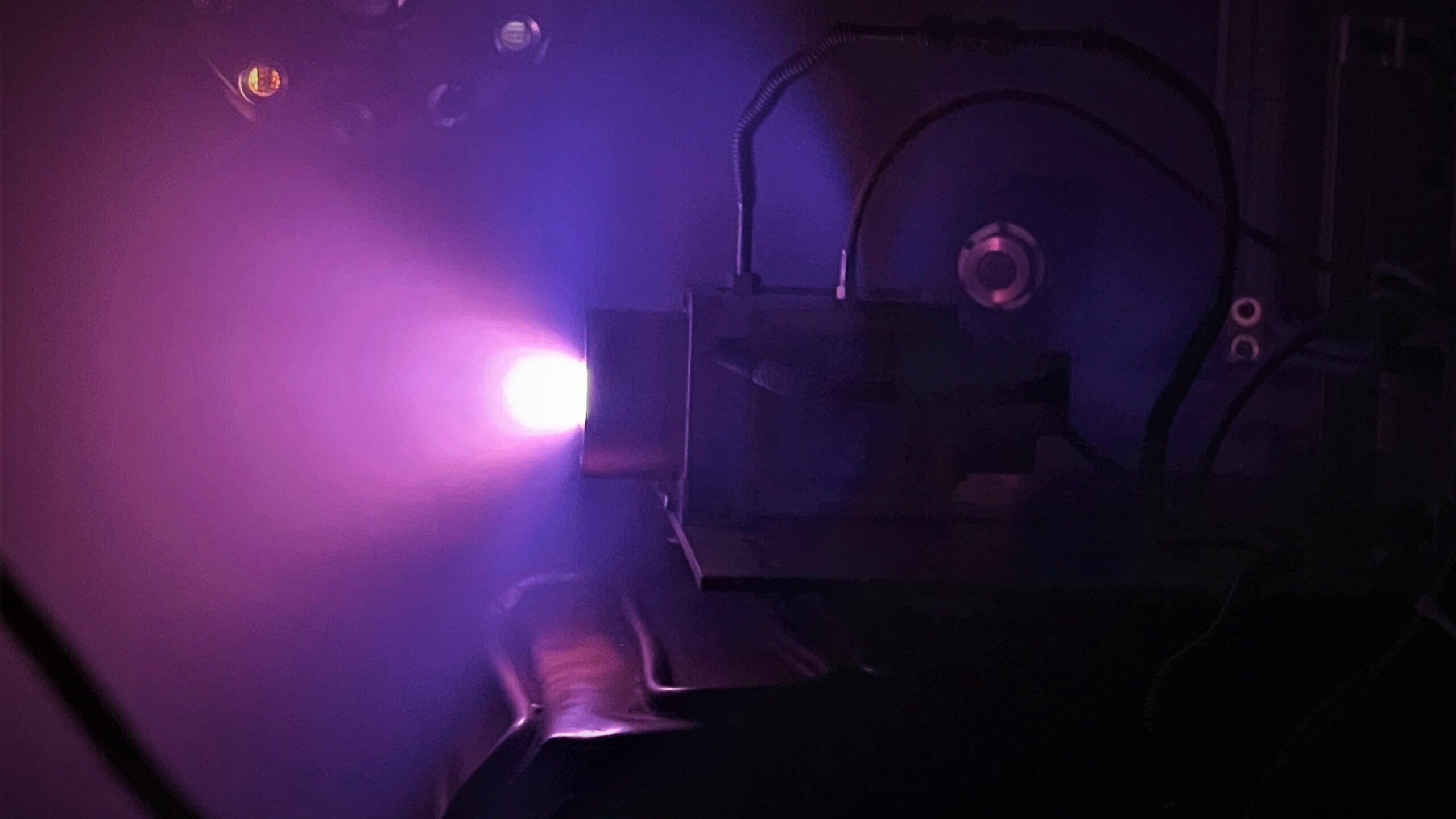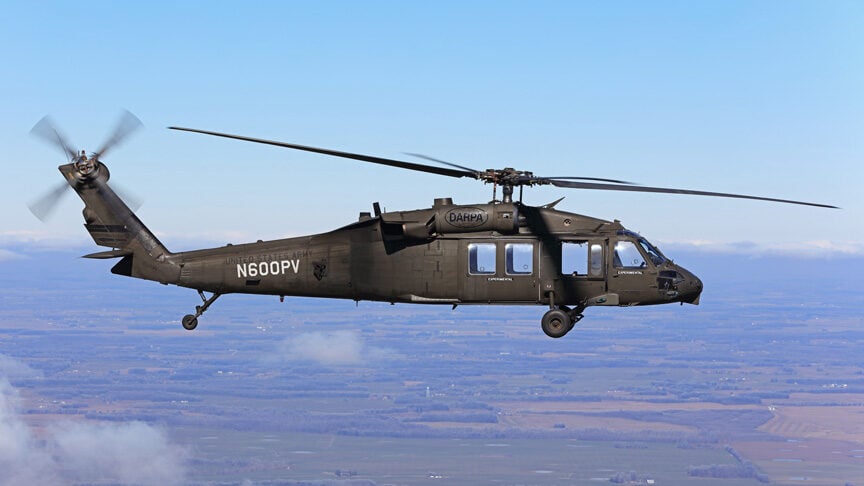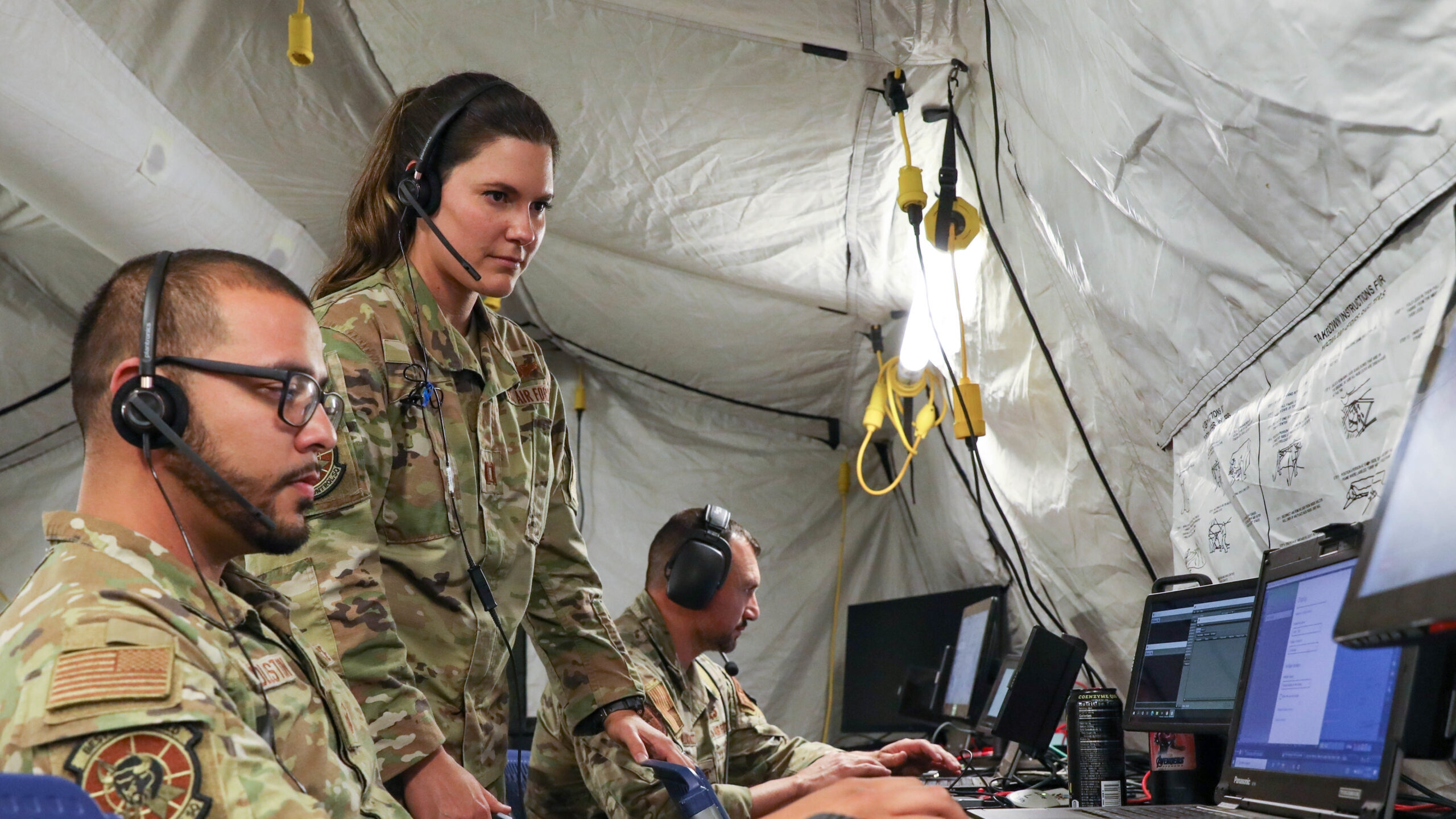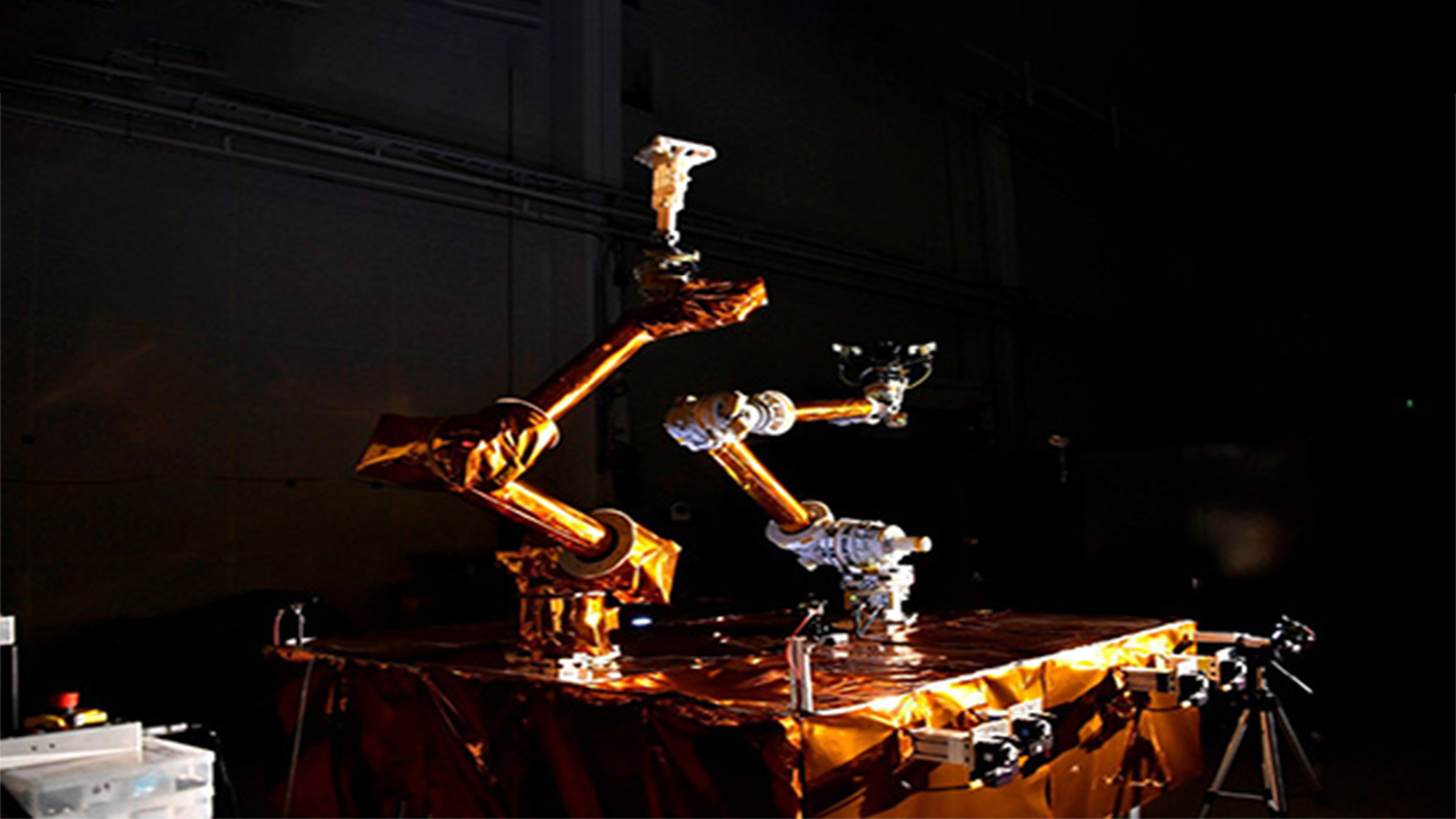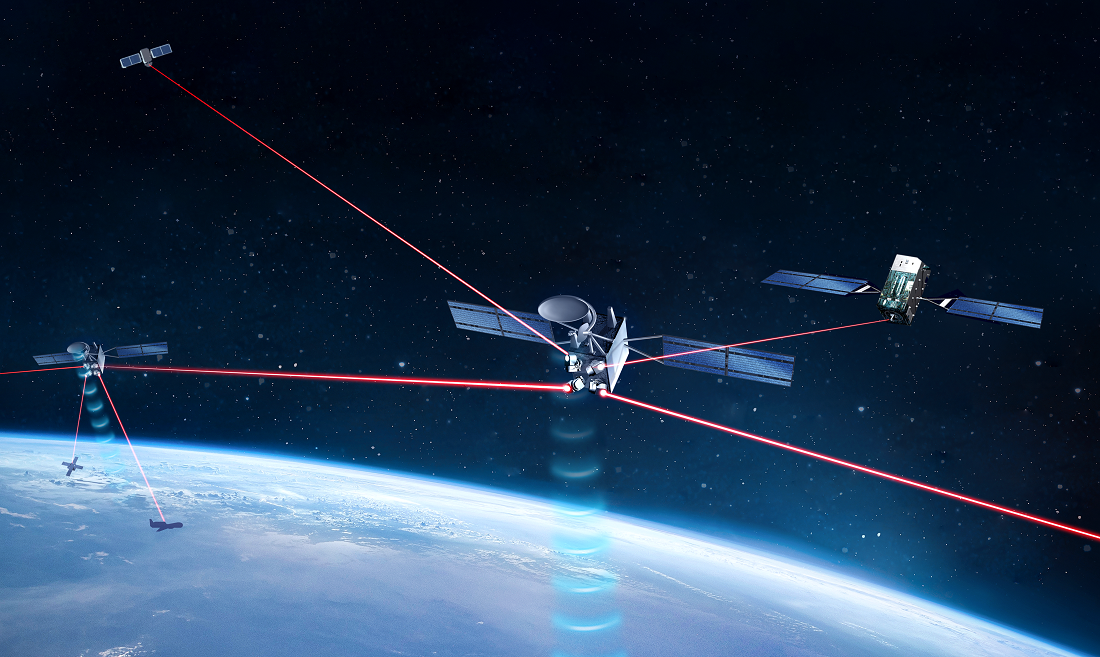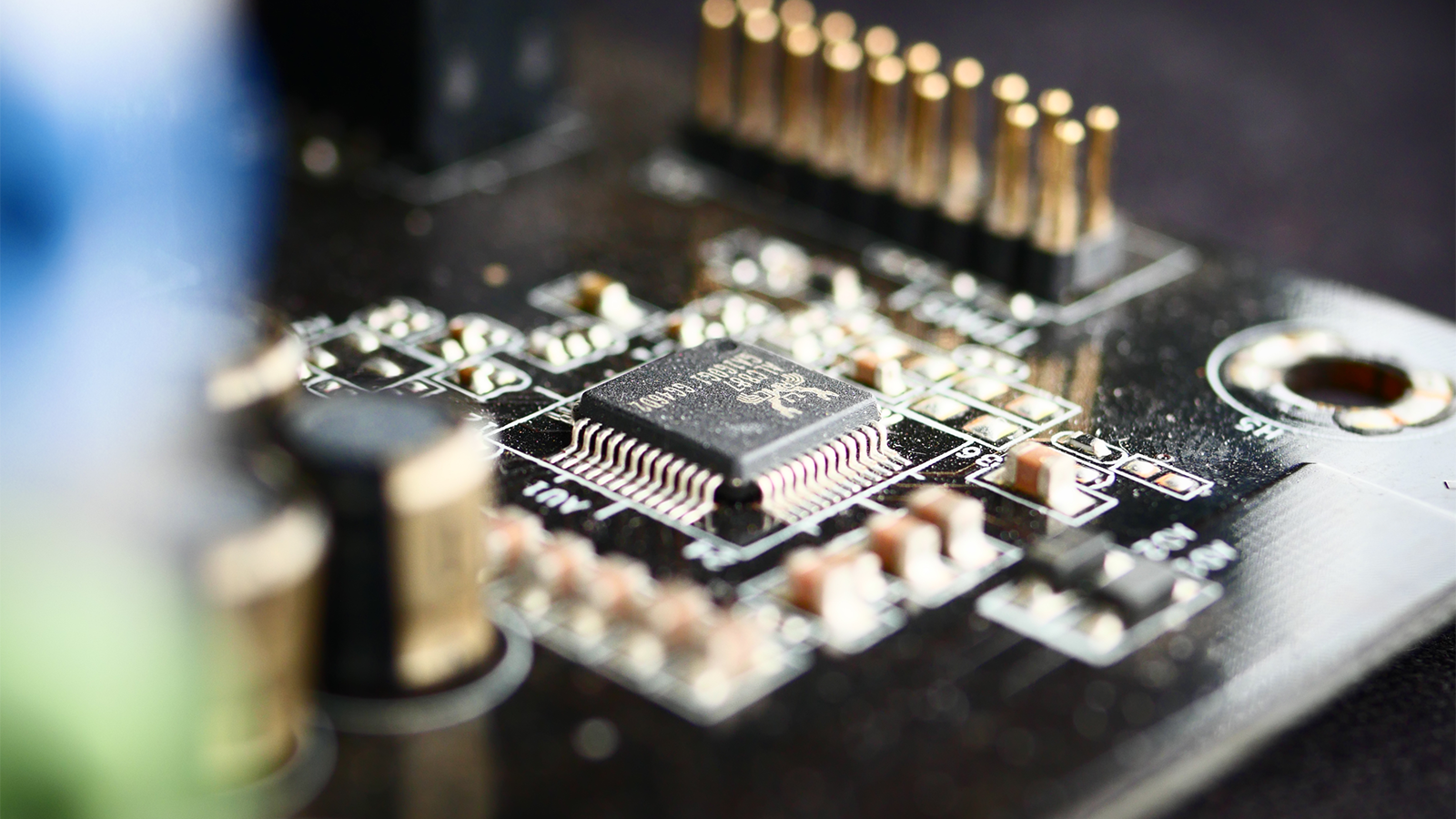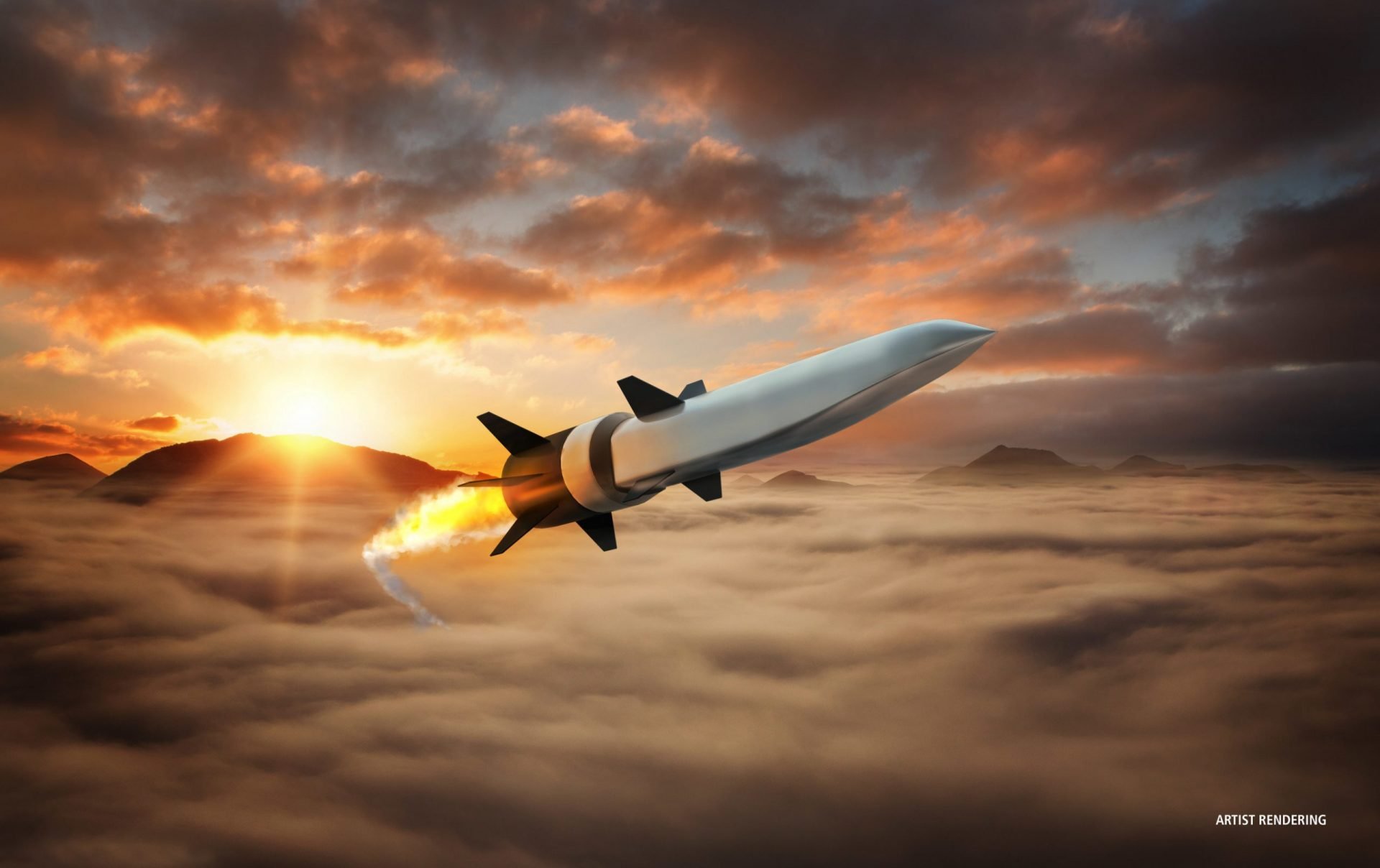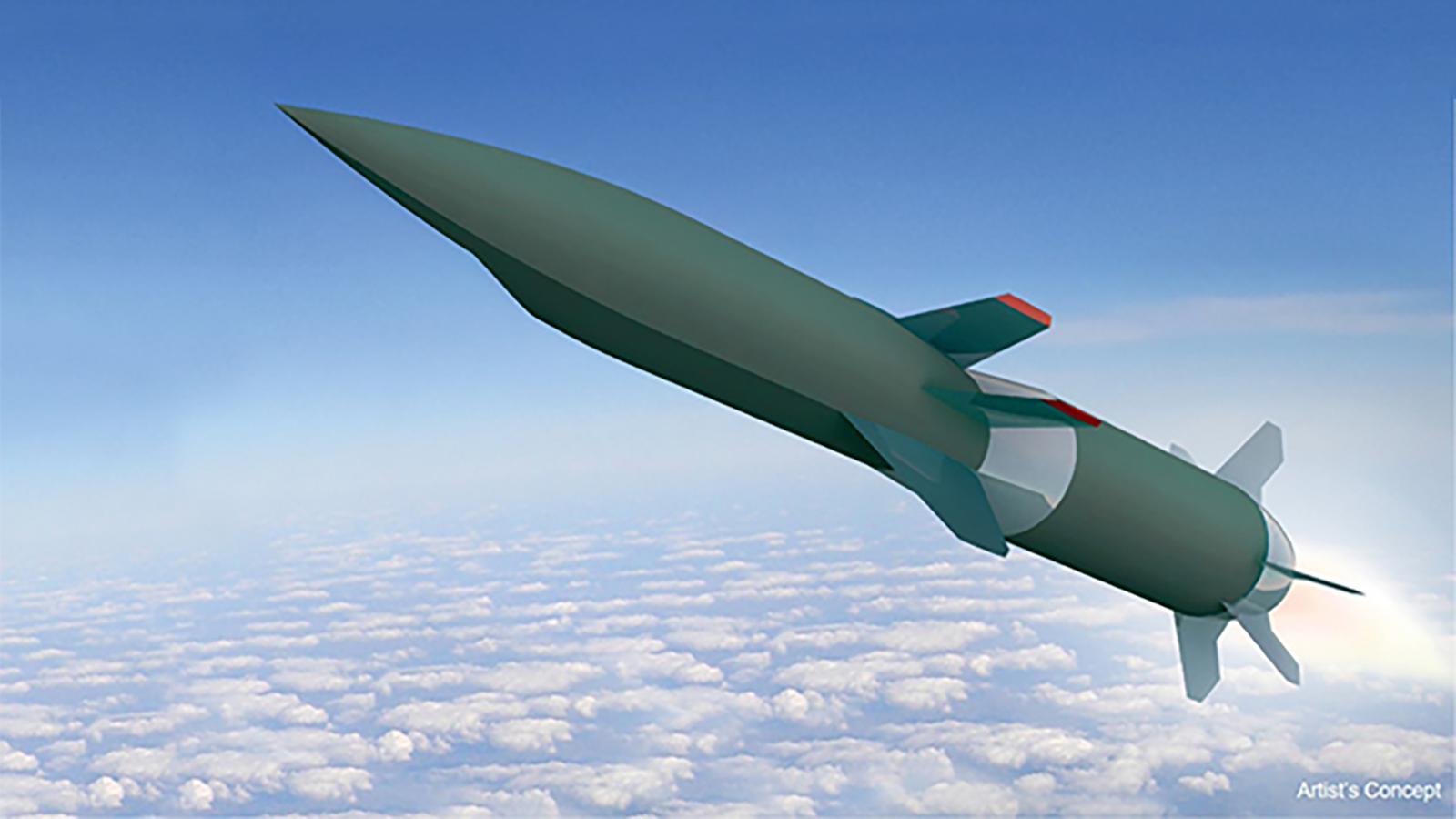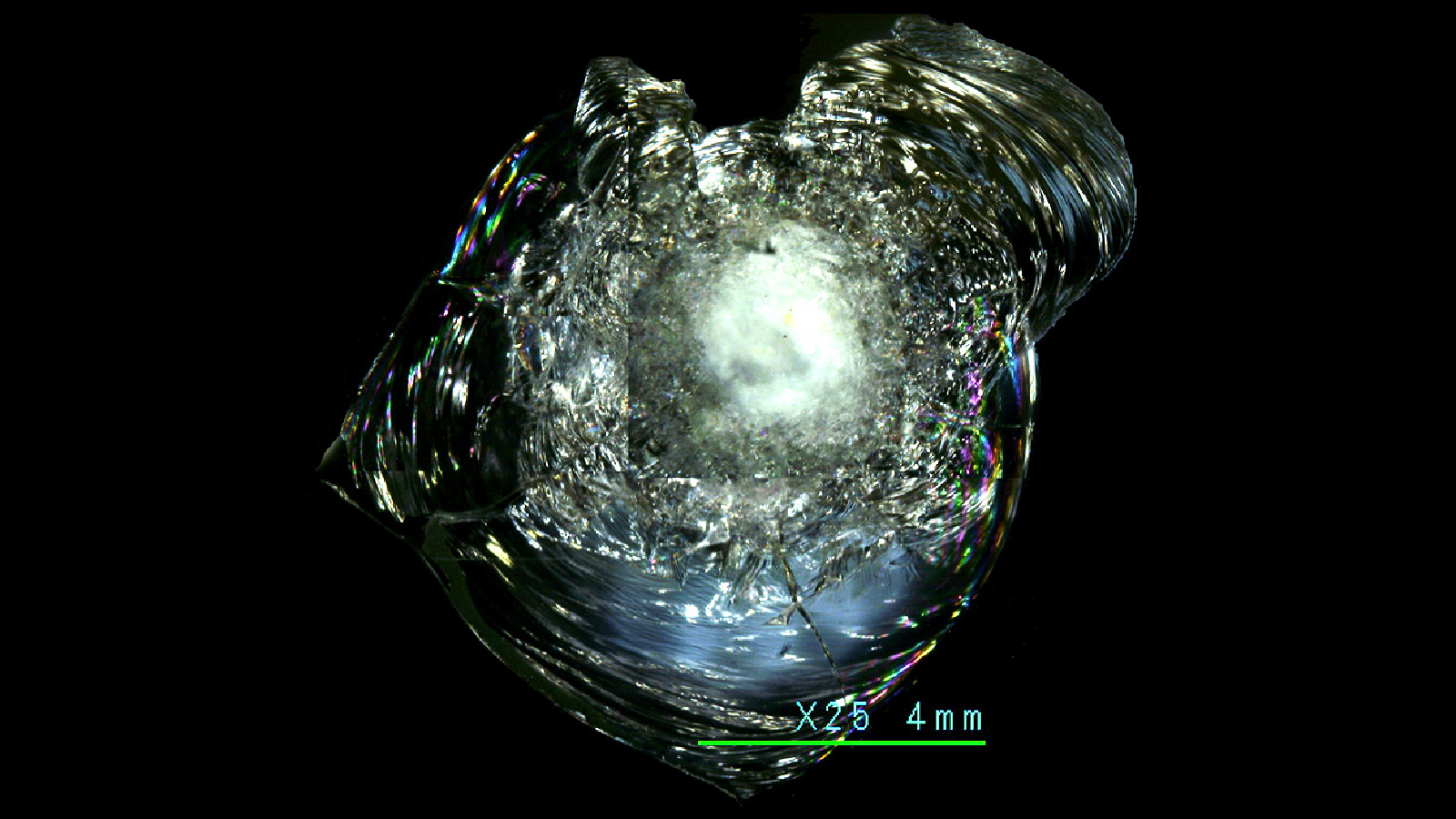
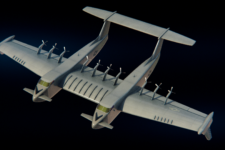
The Liberty Lifter program aims to change how the Pentagon tackles air and sealift through a well-known, but difficult-to-use physics trick.
By Justin Katz
HAWC and Glide Breaker are DARPA’s offensive and defensive hypersonic programs, respectively, and their program managers discuss what’s been done and what’s next.
By Barry Rosenberg
Former NASA administrator Jim Bridenstine told Breaking Defense that Phase Four has the potential to “disrupt the in-space propulsion market,” and its technology “is important for the country.”
By Theresa Hitchens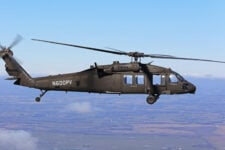
As for whether the Army or other military services will adopt the autonomous technology, Stuart Young, DARPA program manager for ALIAS, said he’s “very confident” but “the question has to do in what form or fashion.”
By Jaspreet Gill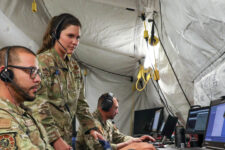
“I would love to say that solving a problem is all that we should be doing at Army Futures Command, but it’s not,” Lt. Gen. Thomas Todd said. “We really have to be designing the Army of 2040 and beyond. In order to do that, you can’t wait on technology in 2040.”
By Jaspreet Gill
Mandrake 2’s next trick, after demonstrating optical intersatellite links, will be using lasers for space-to-ground communications.
By Theresa Hitchens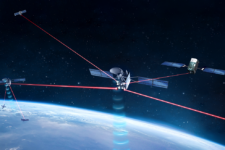
SpaceLink intends to put four data relay satellites in Medium Earth Orbit, to complement and backup the Space Development Agency’s Transport Layer.
By Theresa Hitchens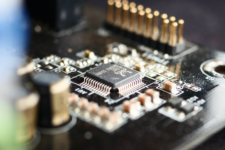
The Defense Advanced Research Projects Agency (DARPA) plans to spend some $896 million on microelectronics, a total that is more than the combined figures for its second and third big money investment areas, in FY23.
By Lee Ferran
Because DARPA’s Hypersonic Air-breathing Weapon Concept doesn’t exit and re-enter the atmosphere like boost-glide hypersonics, it is less reliant on costly exotic materials for thermal management.
By Breaking Defense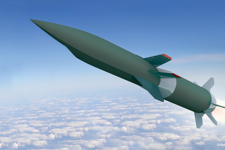
The US reportedly kept the test a secret for weeks for fear of spooking Moscow, following Russia’s own hypersonic use.
By Lee Ferran
Researchers developing long-lasting topical cream that alters skin’s “microbiome” so troops can ward off disease-carrying insects.
By Lee Ferran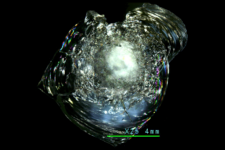
“We invest in high-risk, high-payoff research to support some of the most difficult challenges to the IC,” IARPA program manager Alexis Truitt told Breaking Defense. And debris is “one of the hardest challenges that is affecting satellites worldwide.”
By Theresa Hitchens
















